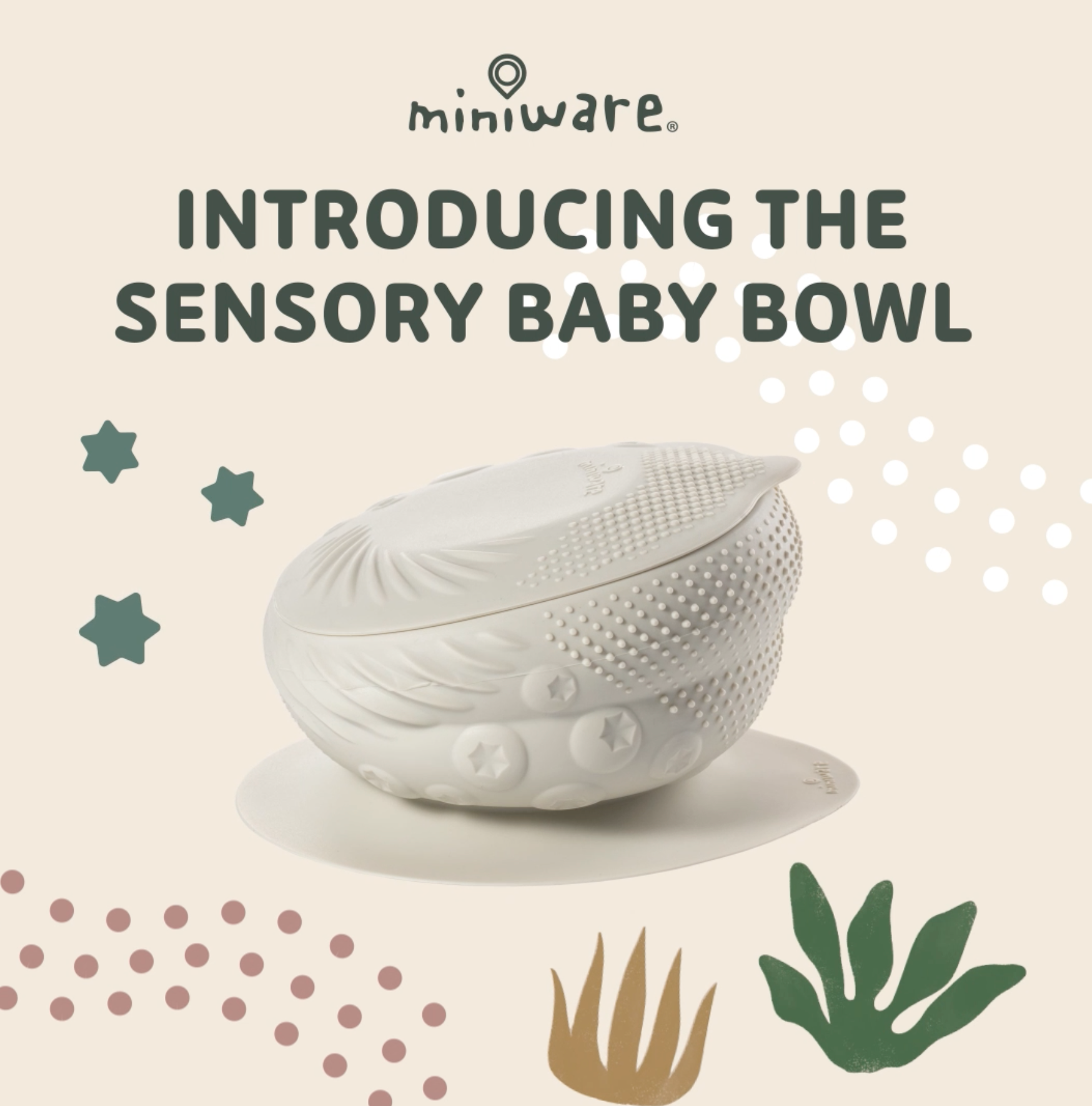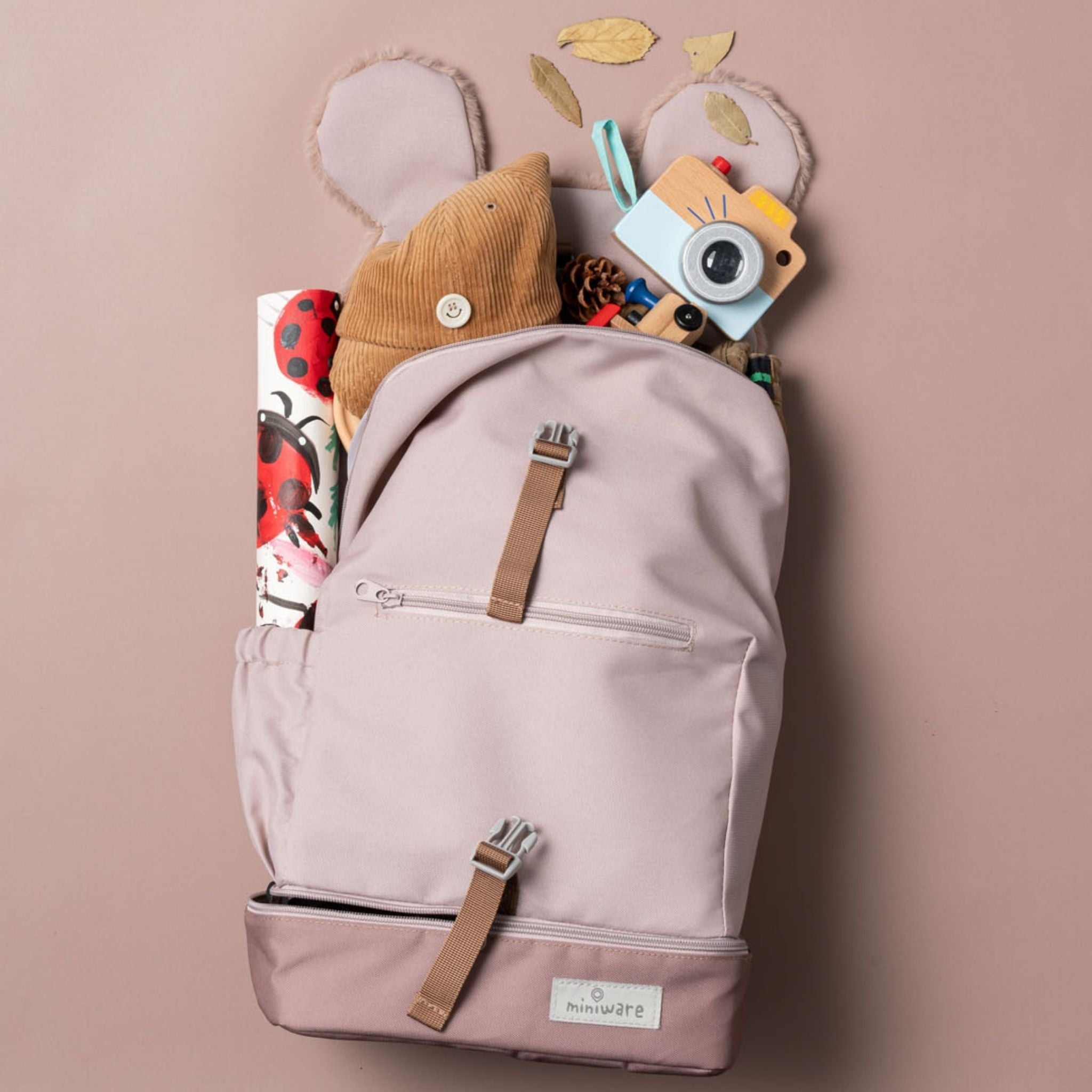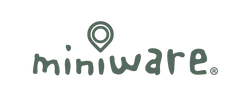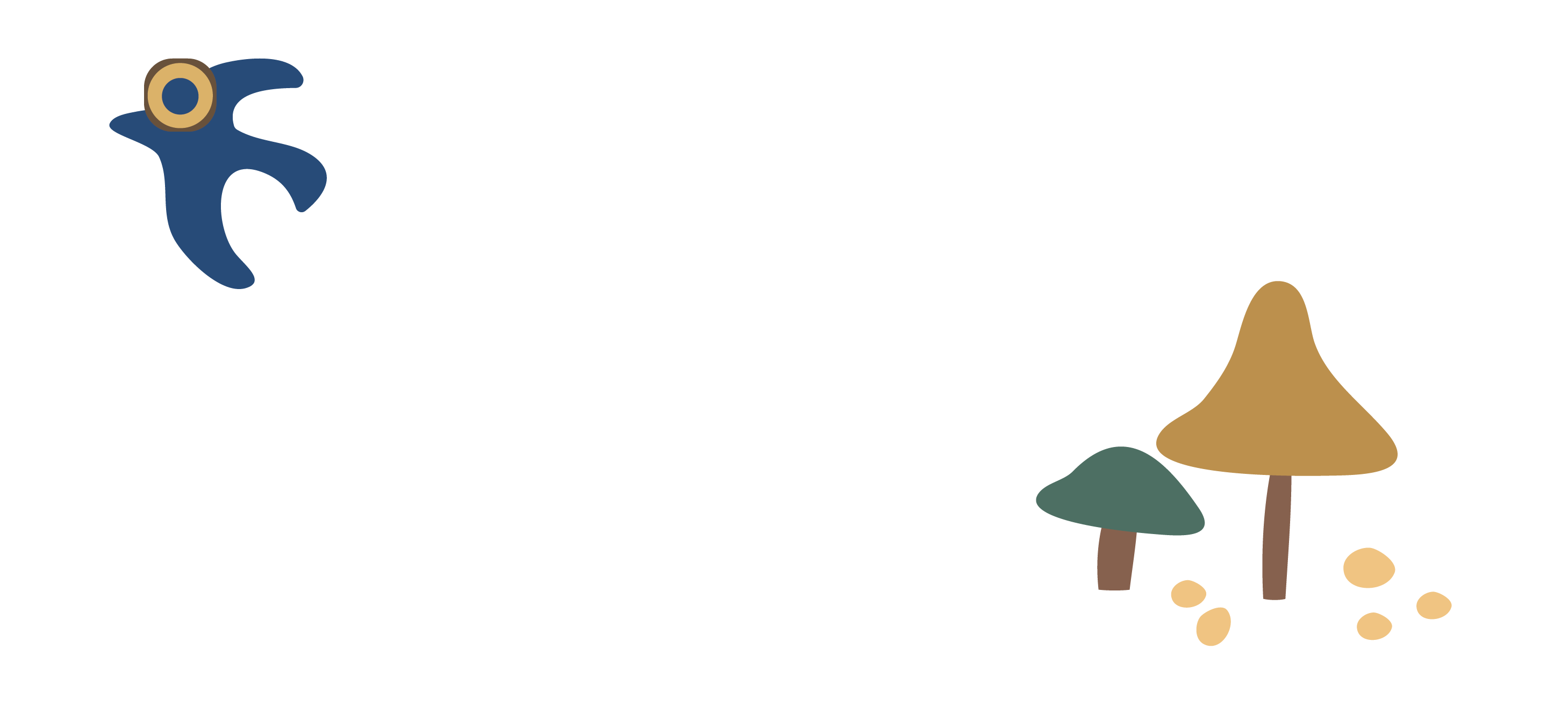We’re back with pediatric occupational therapist Laurel McMilian from Little Roos Pediatric Therapy to share three more easy yet impactful strategies for engaging your child in sensory play during mealtime. These tips are designed to make every bite a fun, sensory-rich experience, helping your little one develop a healthy relationship with food while exploring new sensations.
1: Involve Your Child in Meal Preparation and Serving
Engaging your child in meal preparation, serving, and sharing can be a rich sensory experience that enhances their connection to food. From washing and chopping vegetables to setting the table, these hands-on activities stimulate their senses of touch, smell, and taste. Involvement in these tasks fosters a sense of pride and ownership over their meals, making them more likely to try and enjoy what they’ve helped create. It’s a fun and educational way to promote a positive relationship with food while also introducing them to new textures and flavors.
2: Make Food Playful
Turn mealtime into a sensory playground by incorporating creative, hands-on activities like finger painting with food or using a paintbrush to 'paint' sauces on their plate. For tactile explorers, direct interaction with different textures and colors encourages engagement and curiosity. If your child is hesitant to touch food, arranging it creatively or using utensils to interact can provide similar sensory benefits. This playful approach not only makes the mealtime experience more enjoyable but also helps build positive associations with food, increasing their willingness to try new things.
Pro Tip: Use our Sensory Bowl to make mealtime even more engaging and fun! The textured design encourages exploration, while the strong suction foot ensures it stays in place, minimizing spills and mess. It's the perfect tool to help your little one interact with their food in a playful and sensory-rich way
3: Foster Sensory Exploration with a Ziplock Baggie
For babies, sensory exploration can start with something as simple as a ziplock baggie during mealtime. Place small portions of different foods inside the baggie, seal it securely, and let your baby squish, poke, and explore the textures and colors without direct contact. This method can serve as a sensory barrier for babies who may feel overwhelmed, allowing them to familiarize themselves with new foods in a safe and controlled way. As they interact with the baggie, you can describe the colors, textures, and scents to enrich their sensory experience and help them make connections between what they see and feel.
These easy and fun methods are not only a great way to encourage sensory play but also to help your little ones develop a positive relationship with food. By making mealtime an interactive experience, you're setting the stage for a lifetime of healthy eating habits.











